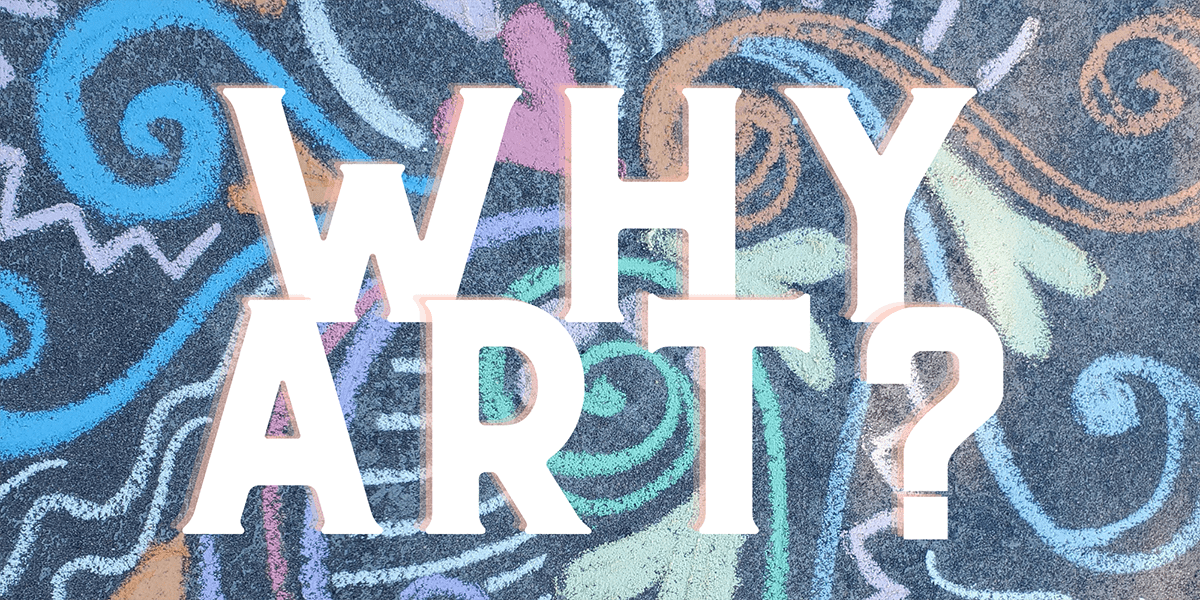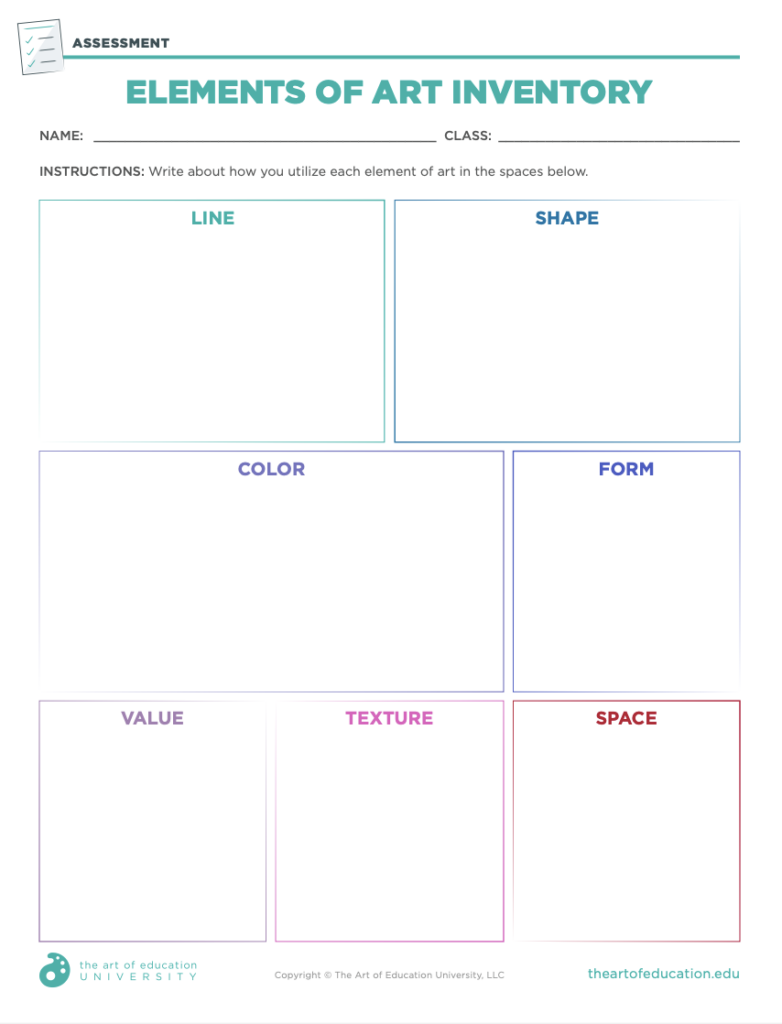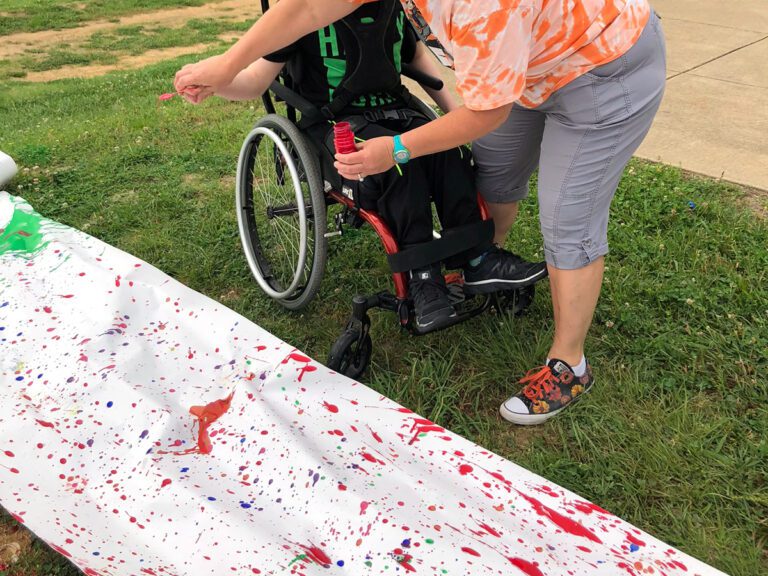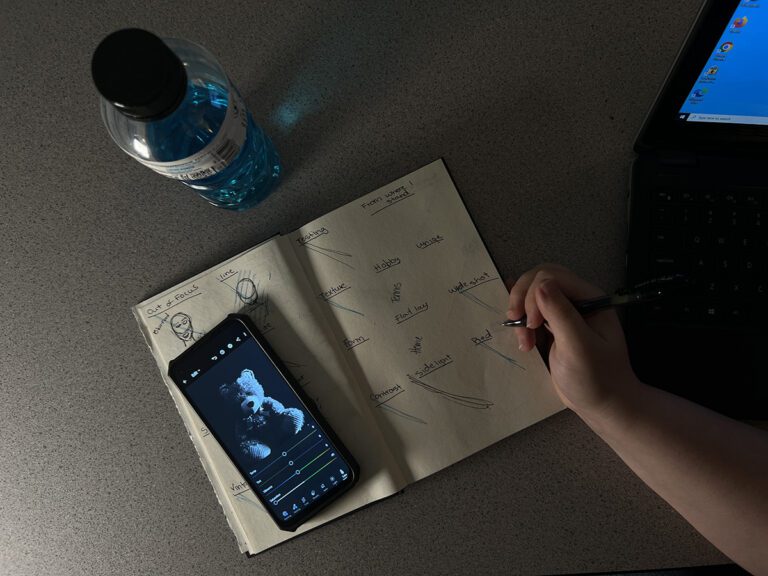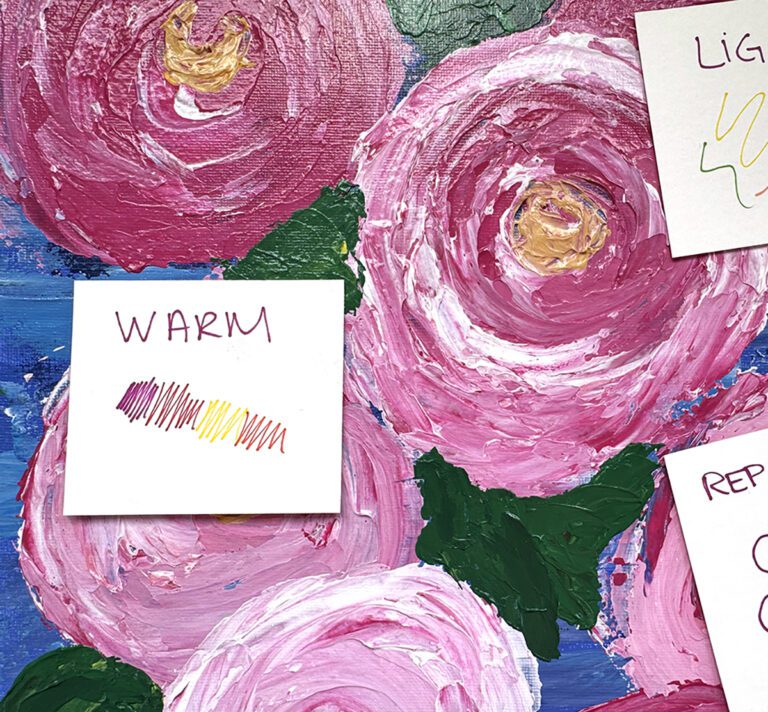Now and then, it’s essential to reinforce and validate the question, “Why art?” with our students. You probably get questions that run along the lines of, “Why do we have to do this?” or statements about how they don’t have to change or improve their work because “art can be anything anyone wants.” The good news is this is a perfect teaching and learning moment. We can show students how their learning can help them now and in the future.
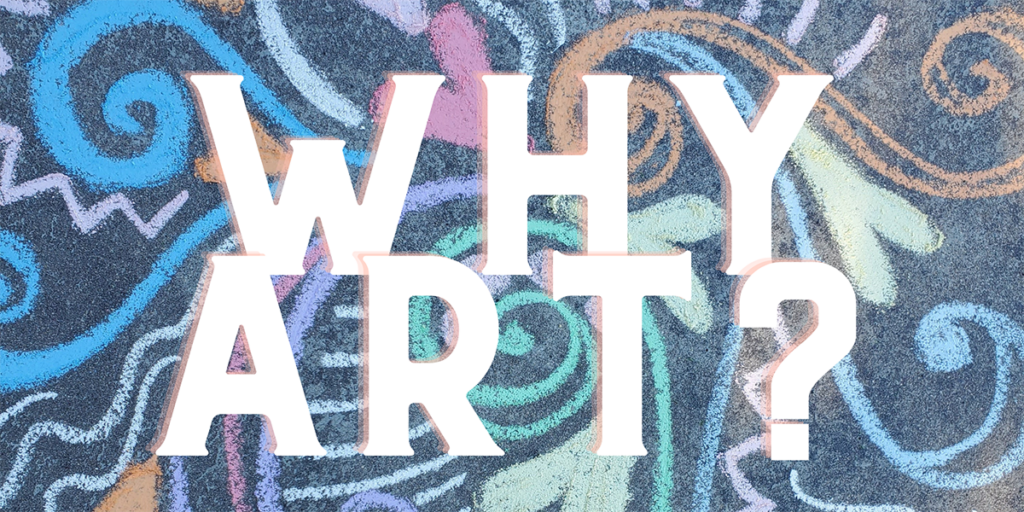
Art teachers have many roles. Some of those roles are to ensure students have the opportunity to express themselves, have fun, experiment with materials, and discover new ideas. More importantly, the workforce will require one skill in particular—creativity. According to a guide produced by Robert Half, a global human resources and staffing company, more than a dozen creative jobs are trending for 2022. The website Chron notes art skills are transferable to many careers and are in demand. We can also prepare students for life beyond our art room walls by supporting their natural curiosity and presenting opportunities for creative problem-solving.
The purpose of art class and the processes that are part of it are usually abstract for students—but we know better! The article, A Quick and Easy Way to Bring Local Artists into Your Art Room, has supportive ideas that can help ease misconceptions about working in arts-connected careers.
To address “why art class matters,” try sparking your students’ interest in different career paths with these fresh lesson ideas!
1. Storyboard a short film.
Pixar Animation Studios has a delightful Draw With Pixar YouTube series that students will adore! Have them practice basic drawing skills of familiar characters alongside the Pixar pros. Students then create characters and storyboards to create their own “short.” You can adapt the final product to make a flipbook for younger artists. Or, compose a series of still images photographed and strung together using Adobe Creative Cloud Express for more advanced students. If you have nine weeks to dedicate to working with Pixar directly, check out their special collaborative series, Pixar Xperiential.
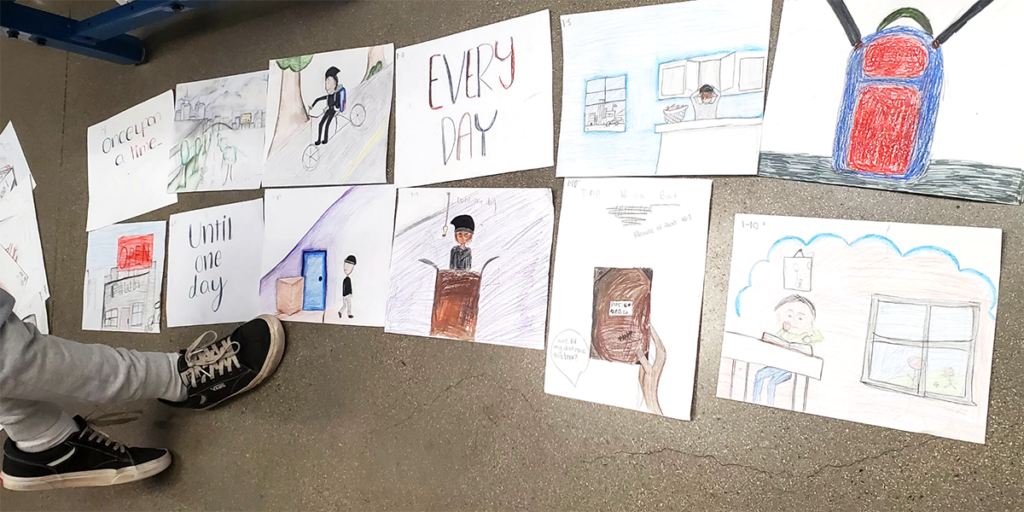
Have students write narratives. (You can grab our Sequence: First, Next, Then, and Finally handout here.) Then develop concepts, characters, and scenes to unify their story and hone their organizational skills. Advanced students can also explore photography, sound, and web-based platforms to create their shorts.
Here are 4 connected careers:
2. Develop a mixed-media brand identity.
Branding a product in art class isn’t new and guess what—it’s still a ton of fun! With the prevalence of social media and a focus on branding across platforms, why not consider having students create an entire brand identity? Students are probably familiar with the concept of online branding, even if they are not aware of it.
Ask students to invent their own business, brand themselves, interview another table team as “clients,” and develop a series of brand elements. Have them pick the three most attainable products given their access to supplies and technology, such as a logo, site header, profile landing page, social media post, letterhead, car decal, or more. Students then take turns presenting their branded materials. During a critique, they can seek feedback about their brand’s personality and the success of their brand’s communication.
This lesson engages skills in design, storytelling, attention to detail, and quality control and consistency. Canva has a fantastic guide on branding basics which you may adapt for analog or digital lesson plans. Canva’s Pro account is also free for educators.
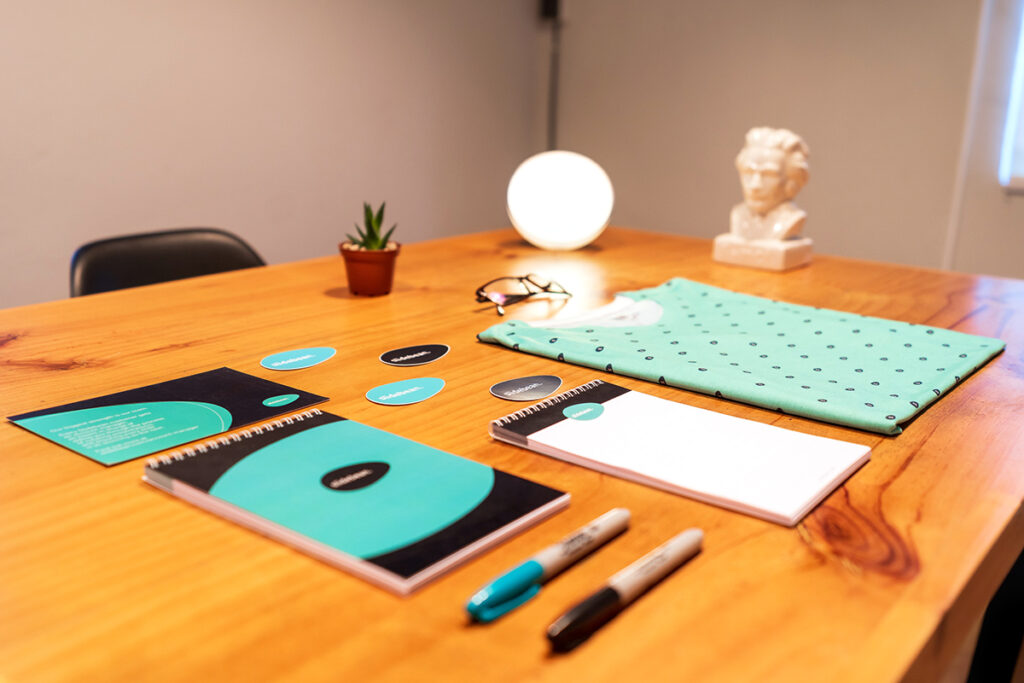
Here are 4 connected careers:
3. Create food-centric paper art illustrations.
Take playing with your food to an artistic level by creating a layered foodscape! Engage artists of all ages in this reimagined still life by looking to paper artists like Margaret Scrinkl, Polly Lindsay, María Laura Benavente Sovieri, and more. This lesson encourages students to look at food in a whole new way—color, pattern, and textural qualities. Elementary artists can practice scissor dexterity to cut and arrange plates of food, while secondary students can practice their craft knife skills and focus on the details of an entire tablescape. Try adding a third dimension with a paper sculpture for another layer of complexity.
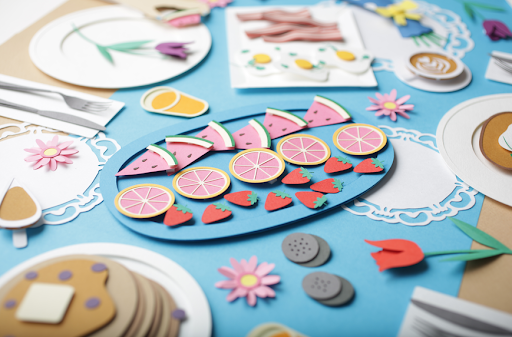
Have students take inventory of the elements of art they are applying to their cut paper creations and discuss what stylists do for a living. They will be amazed that arranging food for pictures is a job and this attention to detail, balance, color, arrangement, and more are all skills they can develop through art class. The art-inclined foodies in your room will appreciate learning that two of their interests can form a whole career! Grab a complimentary Elements of Art Inventory and find more resources just like this in FLEX Curriculum.
Download Now!
Here are 4 connected careers:
4. Design in miniature.
School-aged children crave control of their aesthetic by putting their style touches on everything. Creating miniatures is also very in right now for kids and grownups alike! Present them with the opportunity to build their dream bedroom with no limits. Students engage in decision-making like building furniture, reflecting their style in fabrics and furnishings, and considering the arrangement of items. Younger artists can work diorama style inside a shoebox with found or recycled items, paper, fabric, and clay elements. Middle and high school artists can do the same after drawing blueprints, generating bedroom inspiration boards, and designing with 3D modeling programs.

The skill sets students practice throughout this lesson are highly transferable. Some of these skills include measuring, considering functional versus aesthetic choices, and adhering to a color scheme. You can adjust the lesson to include a geometry component or study art history to inform style choices. For another fun twist, students can create a tiny art gallery (Creating a Tiny Art Gallery, How Tiny Art Can Lead to Big Awareness) to showcase small pieces of art or artist trading cards.
Here are 4 connected careers:
Creative careers are the future.
As projected by ONET, careers that require creative and artistic thinking will continue to grow. Students can have a blast trying out these new lessons and learning about the different careers that connect to their budding skills. The question of “Why art?” will become less elusive as students begin to realize how their learning in your art room will support their future, no matter which career they decide. Give one of these lessons a try to challenge your students to make connections and build skills that expand beyond your art room.
How do you connect art skill-building with careers?
What are your favorite art projects to teach that link to other careers?
Magazine articles and podcasts are opinions of professional education contributors and do not necessarily represent the position of the Art of Education University (AOEU) or its academic offerings. Contributors use terms in the way they are most often talked about in the scope of their educational experiences.
